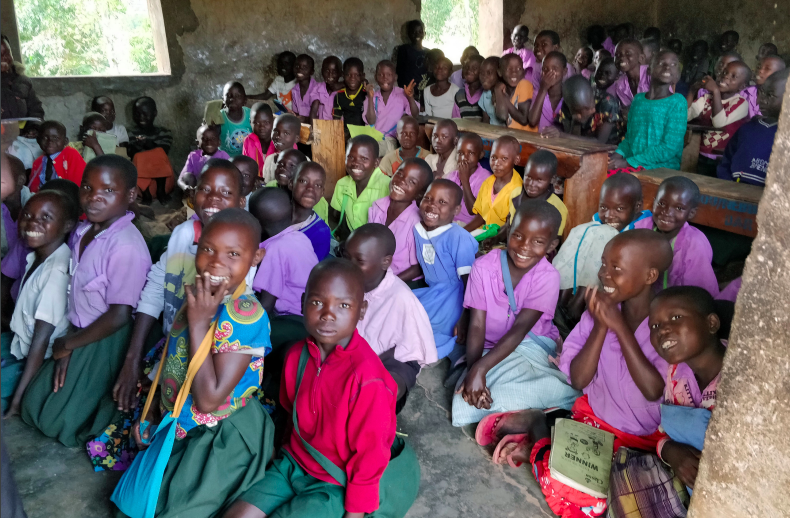AidEnvironment’s work on child labour in value chains

The Cost and Effectiveness of Three Approaches to Eliminating Child Labor in the Ugandan Coffee Sector
Aidenvironment starts to develop a track record on child labour in value chains and the use of a community-based approach. This started with the evaluation of a programme on implementing the child labour free zone (CLFZ) approach, with case studies in several countries: Uganda (coffee), India (Natural stone and garment), Mali (local food crops). The final report on these studies can be found here.
The CLFZ approach is an intensive approach, including raising awareness, developing household level child labour mitigation plans and monitoring, establishing community-based child labour committees and savings and loan systems, and enhancing the quality of education in local schools. It is important to draw conclusions on the cost-effectiveness of the CLFZ approach as the costs are considerably higher than supply chain-based approaches to tackle child labour, because of its inclusive approach to all community members. However, because the CLFZ approach is sustained through the community, in the long run it can be more effective in rooting out child labour risks within an area rather than just focusing on one crop or supply chain.
More recently, a baseline study was finalized to compare different intensities of implementing the CLFZ approach in Uganda, for UTZ/RA. In addition, a local impact study was finalized on the incidence of child labour in two coffee production areas in Uganda, being the Rwenzori and Masaka. This was done as a preparatory phase for a project to be implemented by UTZ/RA in collaboration with a local coffee company, funded by RVO. The local impact study included a survey among households, a survey of local schools, and interviews with various stakeholders, with the aim to assess the risks and hotspots of child labour, as well as gain insights on the root causes of child labour. Interviews and focus group discussions were held, including with children of different age groups. A guidance document on conducting a local impact study is being developed.
The summary report is available here
The full research report is available here
